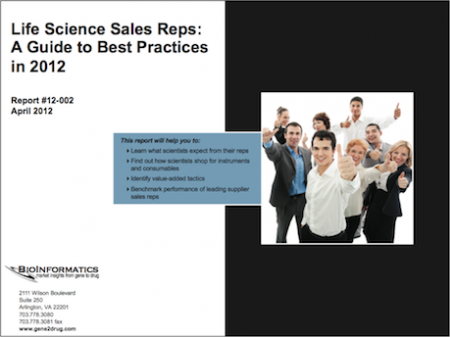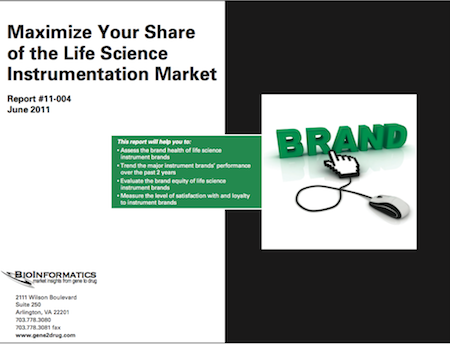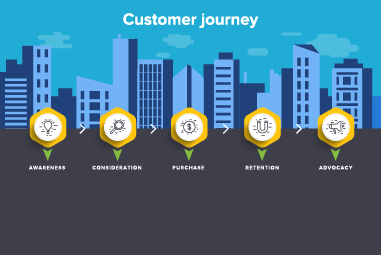Description
Over 200 pages of analysis based on a 37-question survey taken by 1,069 scientists. Train your sales team with this invaluable primary market research.

Going beyond strategy, this report also serves as a tactical guide for individual sales reps. Extensive product lines and evolving technologies demand that sales reps invest significant amounts of time staying abreast of what’s new. By finding out how labs want (and don’t want) to be served, reps can allocate their most valuable resource—time—more efficiently and provide optimal service as defined by the scientists themselves. In Life Science Sales Reps: A Guide to Best Practices in 2012, scientists weigh in on acceptable response times for questions and concerns, preferences for types of outreach (i.e., email, text, video chat, telephone or face-to-face) and services that are considered value-added (e.g., forwarding lab requests to R&D, apprising labs of green options, inviting scientists to participate in focus groups). Additionally, scientists indicate whether or not they would be willing to follow supplier reps on twitter or read supplier reps’ blogs, and if so, what type of content would entice them to do so.
This study also explores ways that sales reps can alienate their customers by contacting the lab too much (or too little), not understanding the products well and lacking of familiarity with the lab’s area of research, to name a few of the issues.
We also benchmark satisfaction with lab suppliers on multiple attributes to highlight the companies that are getting it right and the ones that could stand to improve.
Designed for CEOs, presidents, general managers, vice presidents of sales, sales directors, sales managers and sales reps alike, Life Science Sales Reps: A Guide to Best Practices in 2012 can be used by any stakeholder to inform sales strategies and tactical plans that will help to achieve—and exceed—sales goals.









